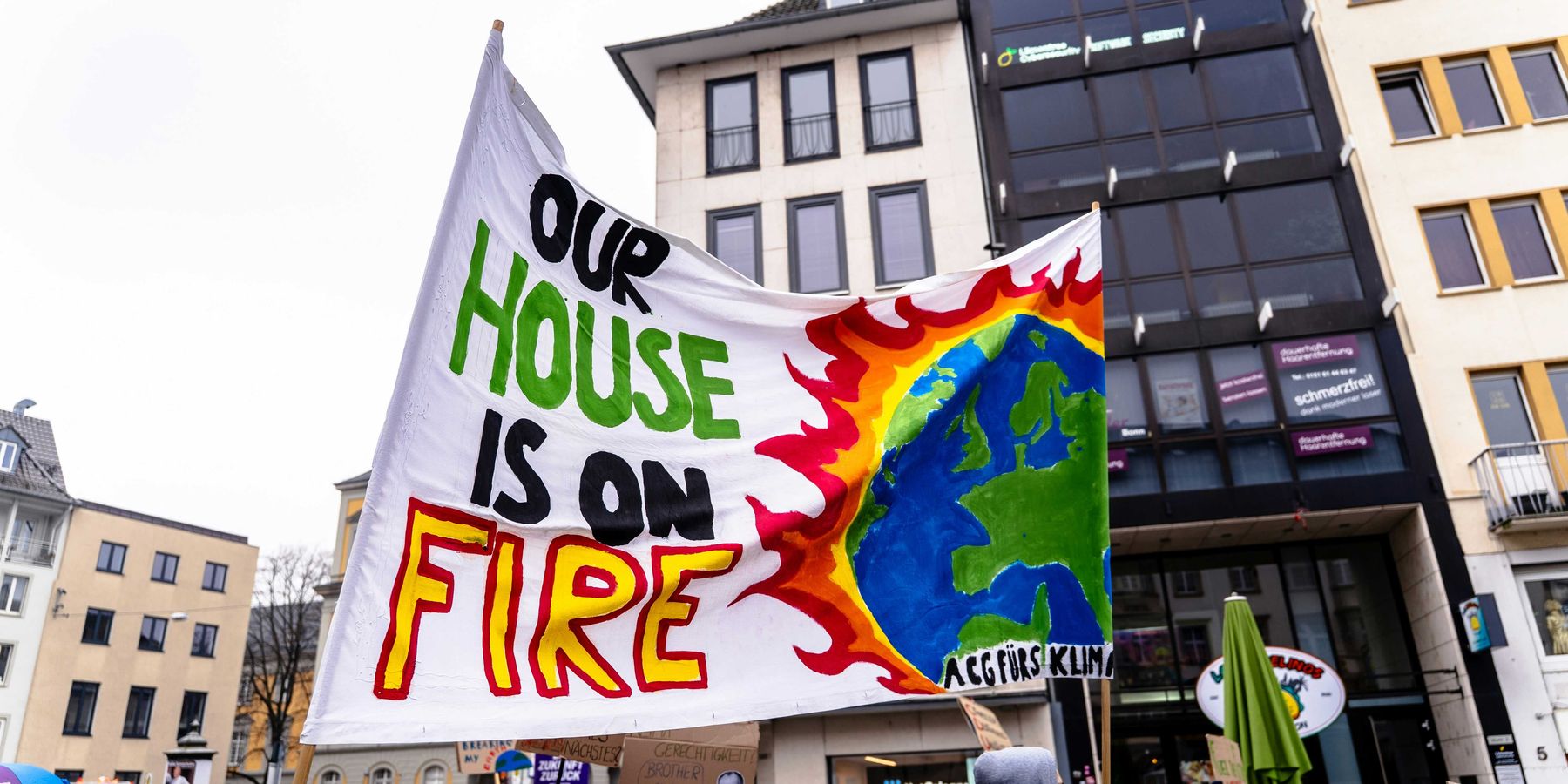Big batteries are cutting emissions and reshaping the grid
Large-scale battery storage is rising as a game-changer in the U.S. energy grid, reducing reliance on dirty "peaker" plants and extending the reach of clean energy.
Alexa St. John and Mary Katherine Wildeman report for the Associated Press.
In short:
- Battery storage in the U.S. surged 71% in 2024, with California leading the way at 11 gigawatt-hours of capacity, followed by Texas, Arizona and Nevada.
- Batteries reduce the need for natural gas-powered peaker plants, which disproportionately harm low-income and minority communities with pollutants linked to asthma and other illnesses.
- Experts see battery storage as key to balancing the grid as renewable energy grows, addressing variability in solar and wind power, and meeting rising electricity demand.
Key quote:
“The beauty of the batteries is that if there’s energy in them, they can be used for unexpected needs.”
— Mike Jacobs, senior energy analyst, Union of Concerned Scientists
Why this matters:
When the sun isn’t shining or the wind isn’t blowing, these batteries step in to keep the lights on. It’s a win for the planet and for people’s lungs, particularly in low-income communities that have long borne the brunt of air pollution.
Read more: LNG production comes with a price, Gulf Coast communities warn.













